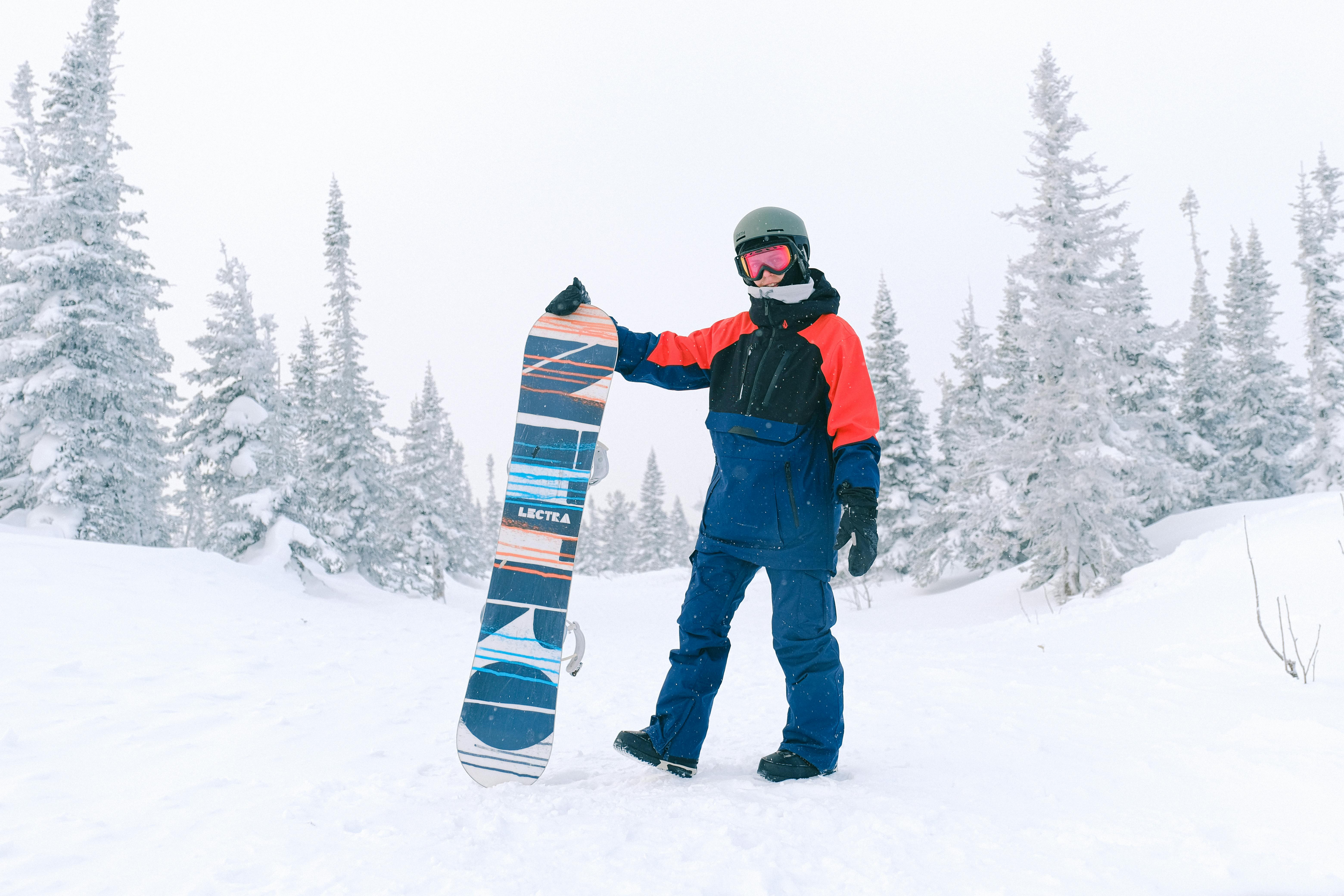Nature has always been an inspiration for poets. They have personified the moon as a silver lady and the greenery as a spring lady. William Wordsworth, a famous poet of the Romantic Age has related most of his poems to nature. As the second son of five siblings, his father always encouraged him to read poems. He read poems by great poets like John Milton, William Shakespeare, and Edmund Spencer. His verses somehow captured the mind of little William Wordsworth at a very tender age.
The lyrical ballads, preludes and Lucy Gray are considered to be some of William’s most famous verse. Three of them were written at different stages of his life; Lyrical Ballads was published in the year 1789. It is actually a collection of several poems written by him and four by Samuel Taylor Coleridge.
The Preludes, was published after his death by his wife. It’s like a semi-autobiography describing his early life, which he modified at times with the help of his sister Dorothy Wordsworth.
Lucy Gray, an imaginary character by William Wordsworth, is divided into five works. This pseudo character was part of William’s loneliness. Among all his works William Wordsworth had a great affinity for this character. According to one reviewer, William Wordsworth “created the character, lived with her, and mourned her.”
Among all his beautiful poems, the most compelling work is on the River Yarrow. In this poem he refers to the river giving a faithful image of life. In his poem Yarrow Unvisited, he was afraid to visit the valley, thinking of the sadness that might overshadow him if he failed to live up to his beginnings. He heard a lot about the heavenly place and drew pictures of vivid imaginations in his mind.
On his visit he was surprised to see that the place was beyond wits. In her piece Yarrow Visited, she commented that “things in reality are much more beautiful than things in the imagination.” However, he was not satisfied with his first visit and therefore he revisited the place that he described in Yarrow Revisited.



